This article was co-authored by Laura Marusinec, MD. Dr. Marusinec is a board certified Pediatrician at the Children's Hospital of Wisconsin, where she is on the Clinical Practice Council. She received her M.D. from the Medical College of Wisconsin School of Medicine in 1995 and completed her residency at the Medical College of Wisconsin in Pediatrics in 1998. She is a member of the American Medical Writers Association and the Society for Pediatric Urgent Care.
There are 10 references cited in this article, which can be found at the bottom of the page.
wikiHow marks an article as reader-approved once it receives enough positive feedback. This article received 17 testimonials and 93% of readers who voted found it helpful, earning it our reader-approved status.
This article has been viewed 527,117 times.
You've probably heard a number of myths concerning snakebites and the proper treatment for them. Since rattlesnake bites can be fatal, the treatment is very important. The best possible response to a rattlesnake bite is to get to the hospital as quickly as possible, though you can do a few things to help the bite before the ambulance arrives if you're in an area where you can dial your local emergency number.
Steps
First Steps
-
1Move away from the rattlesnake. If the snake feels threatened, it can strike again. Therefore, the person who was bitten should move out of range of the snake.[1] Get at least 20 feet (6.1 m) away from the snake.
-
2Get medical attention. It's important to seek medical attention as quickly as possible. Most hospitals will have an appropriate antivenom, and most treatments attempted by people before the hospital do not help much. If you're in an area where you can call an ambulance, that is your best option. If not, try to find help to take you or the injured person to the nearest hospital.[2]
- Even if you're not sure if you were bitten by a rattlesnake, it's important to go to the hospital immediately. It's better to be at the hospital if you start to exhibit symptoms of the venom entering your body.
Advertisement -
3Keep the affected area below the heart. If you place the area above the heart, the blood containing venom will spread more quickly.[3]
-
4Keep the person immobile. If possible, keep the person from moving until help arrives. Movement increases blood flow, spreading the venom more readily. Therefore, you or the person bitten should try to minimize movement as much as possible.[4]
- Of course, if you are alone, it is more important to find help than to stay immobile.
Treating the Bite
-
1Remove clothing and jewelry. The area around a snakebite can swell significantly, so cut away or take off any clothing near the bite. Also, remove jewelry from the area, as well. If it is not taken off before the area swells, it can constrict blood flow, and jewelry may need to be cut off.[5]
-
2Let the wound bleed. Allow the bite to bleed freely for about half a minute. This process may allow some of the venom to flow out of the wound.
-
3Use a pump suction device. It is good to try to suck out the venom, but only if you have a device made for that purpose. The pump will come with instructions on how to use it, but basically, you place the pump over the bite to help suck out the venom.
-
4Place a clean bandage on the wound. Don't wash the wound, as that can remove the venom from your skin. The medical professionals may be able to use what's on your skin to assist in your treatment, by allowing them to figure out what kind of rattlesnake you were bitten by.[6]
-
5Tie a splint or sling around the limb. A sling or splint can help keep the wound immobile, helping to slow the blood flow to the area. In turn, that can keep the venom from spreading as much.[7]
- To make an arm sling, make a triangle out of fabric by folding it or cutting it. Wrap the triangle around the arm with the elbow at the middle point. Your arm or the person's arm should be bent at the elbow to fit into the sling. Tie the other two ends together around the shoulder. Let the hand stick out at the base of the triangle.
- Find items to support the limb, such as sticks, rolled-up newspapers, or even rolled-up fabric. Lay the supports alongside the limb, trying to incorporate a joint above and below the wound. Secure the supports to the limb with whatever you have on hand, from belts to tape to bandages. Don't wrap around the wound; wrap on either side of it. If the wound swells too much, you may need to decrease the pressure of the splint.
Waiting for Help
-
1Soothe the person. Talk to them. Ask them questions to help keep their mind off the bite. Anxiety and panic can increase the heartbeat and make it easier for the venom to spread.[8]
- If you're the one who's been bitten, try to remain calm. Take a few slow, deep breaths to help soothe your nerves.
- You can also call Poison Control services while you wait.
-
2Watch for swelling and discoloration. One of the easiest ways to tell the bite was most likely venomous is to watch for the area to swell. It may also change colors.[9]
- Another indication of a venomous snakebite is one to two puncture wounds rather than a row of small punctures, indicating smaller teeth.
- Dizziness, pain at the site, blurred vision, and prickling in other parts of the body are also signs of a venomous bite, as well as heavy sweating.
-
3Look for signs of shock. One symptom is paleness. Other signs of shock include rapid heartbeat, fast breathing, nausea, and dizziness. Also, look for a person's pupils getting larger.[10]
- If the person starts to go into shock, lay them down on their back, raising their feet up at least a foot. Also, keep the person warm by wrapping them in a blanket or an extra layer of clothing.
- Start CPR if the person does not show signs of life, such as breathing, coughing or movement.
-
4Avoid alcohol or caffeine. These substances make your body take in the venom more quickly. Therefore, do not drink these beverages immediately after having been bitten by a rattlesnake.[11]
What to Avoid
-
1Don't cut the wound. Popular belief suggests cutting the bites can help release the venom. However, tests have proven that this method doesn't help, and you can infect the wound if you use a dirty knife.[12]
-
2Don't suck the wound with your mouth. By sucking, you introduce the venom to your mouth. Also, your mouth is bacteria-ridden, so you could also infect the bite with germs from your mouth.[13]
- In fact, within 15 minutes, the venom has already entered the lymphatic system, so sucking after this point is useless.
-
3Don't apply a tourniquet. A tourniquet cuts off blood flow to the limb. This advice was given in the past, as it was thought to stop the venom from traveling to the rest of the body. However, it often does more harm than good.[14]
-
4Don't apply ice or immerse the wound in water. It's important to keep preserve the viable tissue for as long as possible. Using ice or water would not help the preservation because it would slow blood circulation.
-
5Don't pee on the bite. A common myth is to urinate on the bite to help neutralize toxins. Urine will not help the bite. Instead, spend that time getting to the hospital.[15]
-
6Don't give the person anything to eat or drink while waiting for care. This includes medication and alcohol. You want to keep the metabolism low.
References
- ↑ https://www.merckmanuals.com/professional/injuries-poisoning/bites-and-stings/snakebites
- ↑ https://medlineplus.gov/ency/article/000031.htm
- ↑ https://medlineplus.gov/ency/article/000031.htm
- ↑ http://emergency.cdc.gov/disasters/snakebite.asp
- ↑ https://www.merckmanuals.com/professional/injuries-poisoning/bites-and-stings/snakebites
- ↑ https://www.healthdirect.gov.au/snake-bites#first-aid
- ↑ https://www.sja.org.uk/get-advice/first-aid-advice/how-to/how-to-make-an-arm-sling/
- ↑ https://www.healthdirect.gov.au/snake-bites#first-aid
- ↑ https://my.clevelandclinic.org/health/diseases/15647-snake-bites#management-and-treatment
- ↑ https://www.betterhealth.vic.gov.au/health/conditionsandtreatments/shock
- ↑ https://my.clevelandclinic.org/health/diseases/15647-snake-bites#management-and-treatment
- ↑ http://emergency.cdc.gov/disasters/snakebite.asp
- ↑ https://www.healthdirect.gov.au/snake-bites#first-aid
- ↑ https://www.health.qld.gov.au/news-events/news/what-to-do-if-you-get-bitten-by-a-snake
- ↑ http://www.bbc.com/future/story/20120209-can-peeing-help-heal-a-snakebite
- ↑ https://www.cedars-sinai.org/blog/what-to-do-if-youre-bitten-by-a-snake.html
- ↑ https://www.cedars-sinai.org/blog/what-to-do-if-youre-bitten-by-a-snake.html
About This Article
To treat a rattlesnake bite, first move away from the rattlesnake. Do not cut, squeeze, or suck on the wound and keep the wounded area below heart level. As soon as you can, call 911 and while you wait for a paramedic, remove any clothes or jewelry around the bite because the area will swell quickly. If you can't get to a hospital right away, get the wounded limb in a sling or splint in the meantime. If the person who has been bitten turns very pale and goes into shock, you may need to perform CPR. For advice from our Medical reviewer on how to bandage a rattlesnake bite, keep reading.

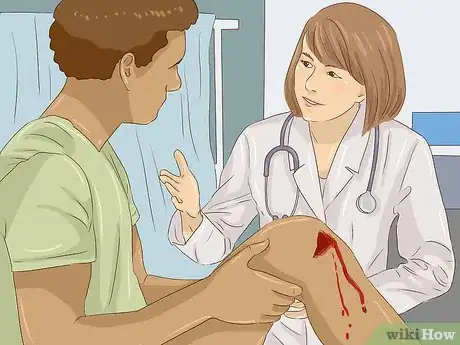
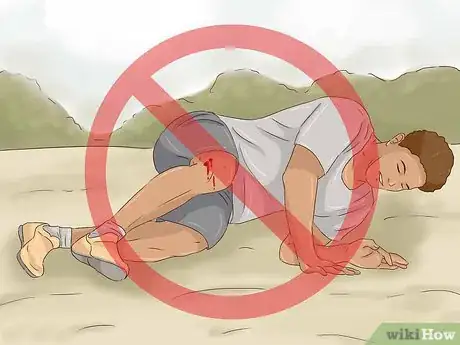
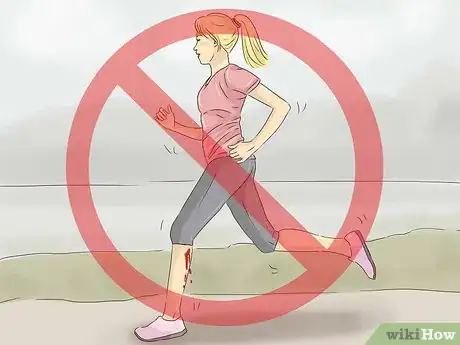
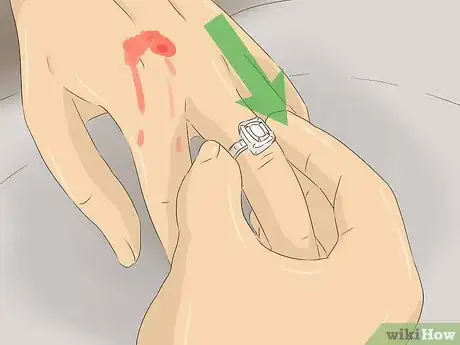
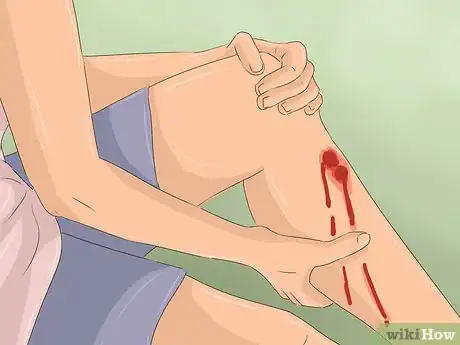
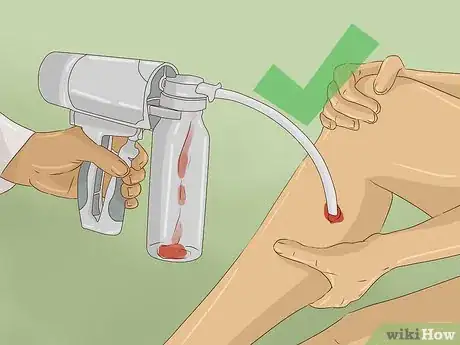
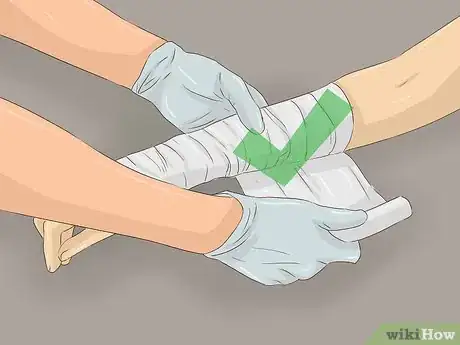
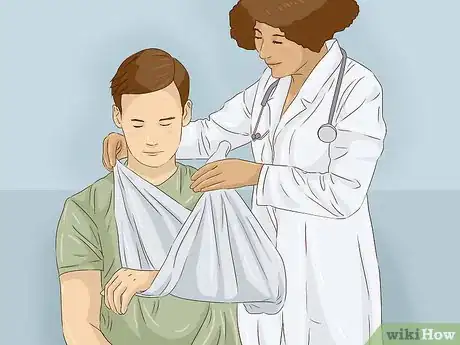

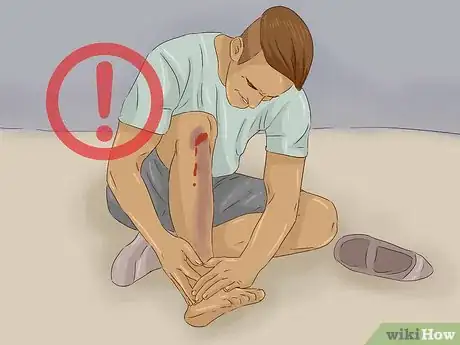
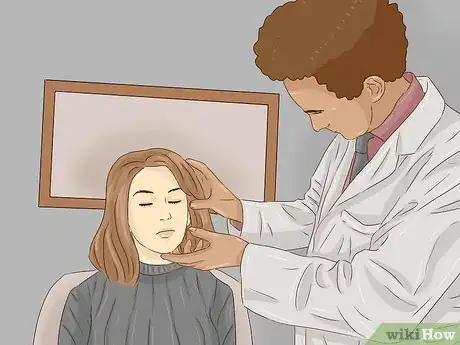
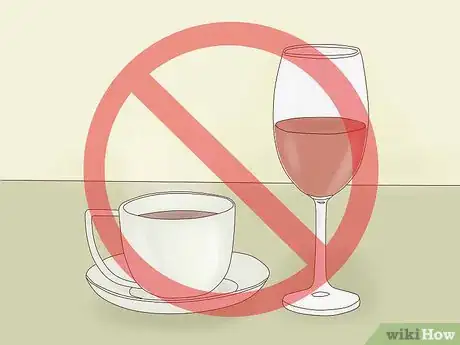
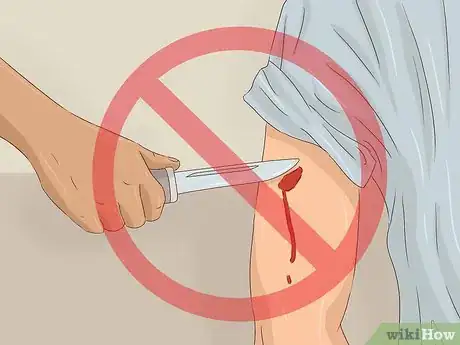
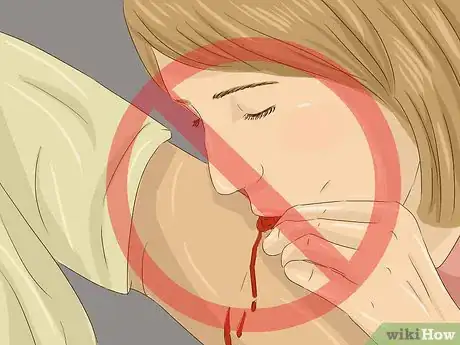
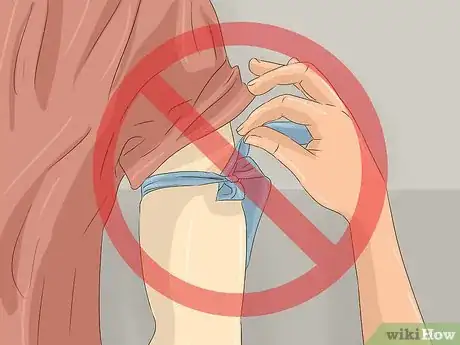
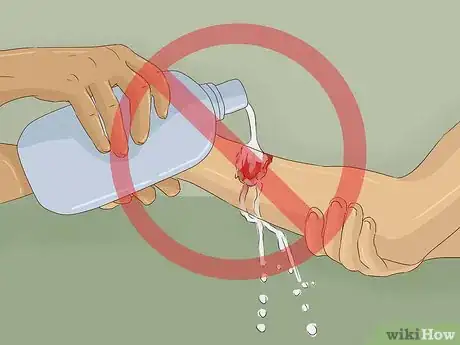
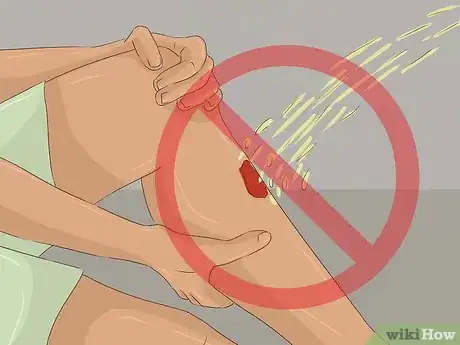
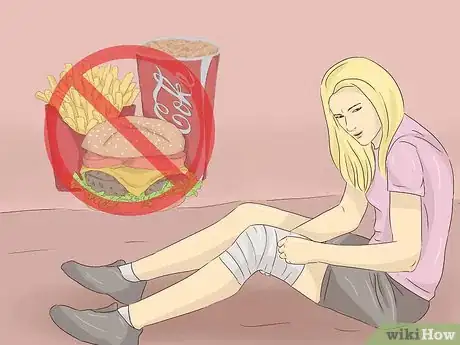



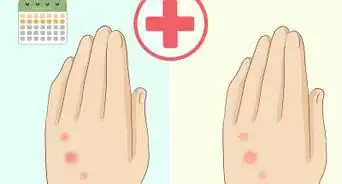

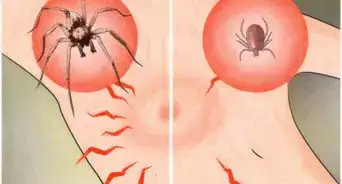
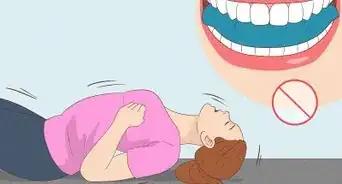


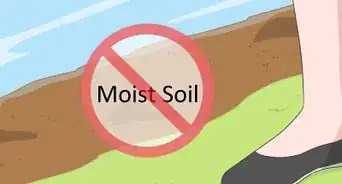

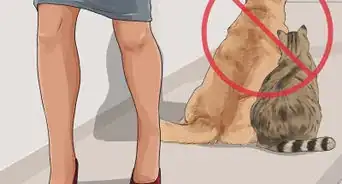
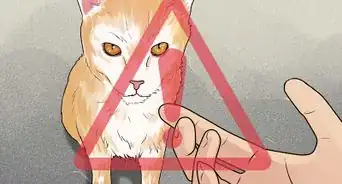
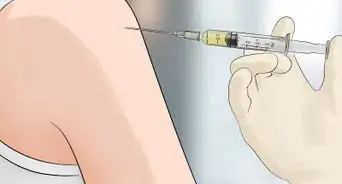













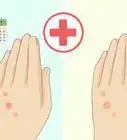



































Medical Disclaimer
The content of this article is not intended to be a substitute for professional medical advice, examination, diagnosis, or treatment. You should always contact your doctor or other qualified healthcare professional before starting, changing, or stopping any kind of health treatment.
Read More...